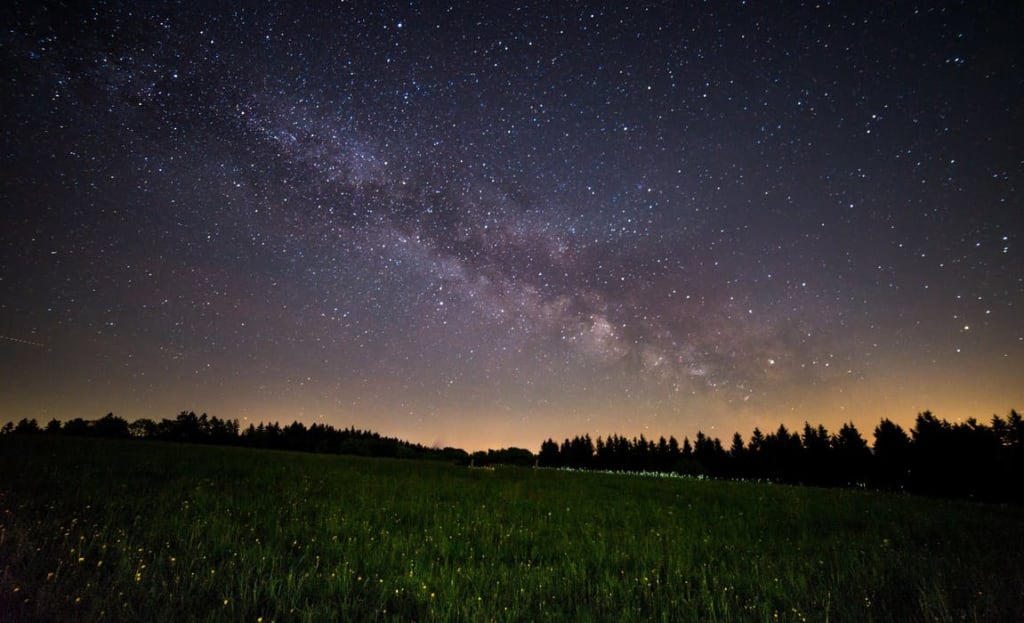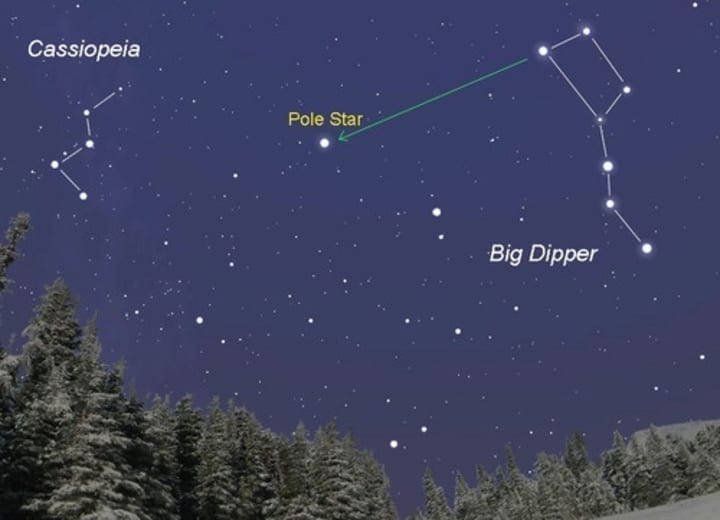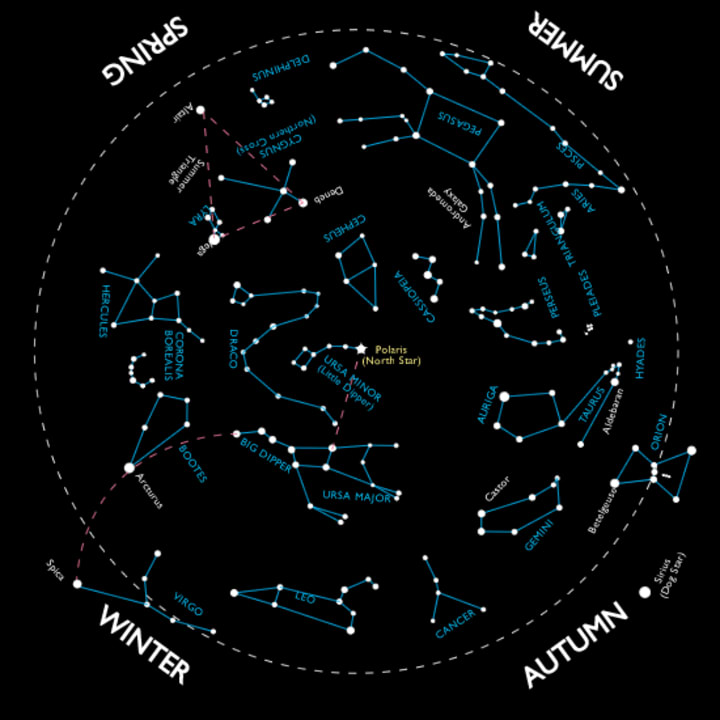A Beginner’s Guide to Stargazing
All the Inspiration to Get Started

No one needs to spend a fortune on equipment to enjoy the night sky. In fact, you can start in your own back garden with nothing but curiosity and good eyesight. I've always been fascinated by the beauty of the heavens just looking up on any dark, clear night. I started first with my eyes, absorbing the beauty above me and letting my imagination free. A clear night always makes great inspiration for many of life's toils below.
Once lured by it's beauty, one surely wouldn't stop there. Whether during a family camp, night time walk in the park, or a view from a balcony I have found myself ever growing in fascination for this majestic entity.
Find a good, dark location.
Since first things come first, it is best to take a small amount of time to prepare before getting too carried away to set out as soon as it's dark. It is always worth considering a convenient location beforehand. The most important pointer is the amount of darkness and therefore the quality of precious light viewed. The best places where I have received most breathtaking views have been outside the sphere of city light pollution. Countrysides, quiet countrysides are ideal, but that doesn't mean that the night sky can't be enjoyed wherever you are. Although less stars are visible, city skies often act as a filter for the brightest stars, making it easier to spot the main constellations. You can enjoy the night sky wherever you are, even your back garden, but make sure to let your eyes adjust to the dark for about 30 minutes to be able to absorb all you see. Night sky viewing is all about spotting the detail, so allowing your pupils to expand to take in more light will bring much more into sight. The sky is a big place with vast distances in between, so I often marvel at the eye's amazing ability to resolve all those specks of light into beautiful dazzling jewels!
Another factor is weather conditions. Unfortunately, not every night is dark and cloudless. Sometimes, you have to wait several nights before the sky is suitable for viewing. Serious skywatchers also become weather watchers too. Depending on what you want to see, it is usually worth the wait.
How to Find the North Pole
The North Star has been one of the most important for centuries. For many navigators of the northern hemisphere across the years it has been a guiding light, and is such a satisfying sight once found! It is one of the few stars that stays in a fixed position in the sky.

First find the "Big Dipper" constellation, known as Ursa Major, which is toward the north. The two stars forming edge of the "bowl" of this constellation will then guide your eye in a straight line to the next brightest star, which is the North Star.
Try a star chart.
Star charts can often be confusing–especially on your first night out in the dark! They can also reward and encourage your experience and adventure. Again, take time to briefly orientate yourself to one of the maps which applies to your night of viewing (the time and month) before you set out. From then on use a flashlight covered with red cellophane (to limit the amount of light intake). Once out I only use the chart to reference for a few seconds. You don't have to memorize the patterns and positions on the chart. With this I often lose the joy of sky surfing. On the first few nights, I would recommend to let the imagination wander and just make up your own patterns! This will help you become acquainted with the sky more enjoyably. It can also be useful when trying to locate different parts of the sky.
The position of the stars in the sky depends on the season of year, so if you're looking for a certain constellation, make sure you determine the right time of year!

On this map the sky is divided into four parts for each season.
Rotate the map to match the direction you're facing as well as the season and/or time of night. Have fun matching the patterns to the night sky!
Some Tips on Binoculars and Telescopes
For beginners and those who are interested in discovering more of the night sky, there are many plus sides to starting out with binoculars. You can see many more stars as well as fantastic views of the surface of the moon. There are also a few deep sky objects that may also come into view well with binoculars such as Andromeda galaxy in the constellation of Andromeda, The Chained Princess, next to Pegasus, The Flying Horse.
There are so many options available for telescope types and ranges. There are two main types, which are separated based on how they are constructed. The first type is called a refracting telescope, which works best for viewing the planets. The second type is better for viewing deeper sky objects such as galaxies and is called a reflecting telescope. Depending on your interests most sources recommend an 8 inch reflecting scope or at least 2 inch refracting, which is the best quality for your money. It is too easy to be disappointed with the bad quality of viewing of telescopes that are simply too small in aperture.
If you've always been interested in what spins out there above our heads, there is nothing more rewarding than you're first night realising the value of the sky above. Whether as a new experience or after several, there is always wonder after wonder available to be discovered. Wherever you are whatever the technique or equipment you are using, a new detail will always make its appearance to those who are diligent enough to search for it.
About the Creator
Andromeda Gallarini
I am thoroughly a creative at heart. Writing, painting and crocheting are my practical interests, while mulling over the perplexity of the human psyche and the intricately complex nature of the "human condition" goes on in the background.






Comments
There are no comments for this story
Be the first to respond and start the conversation.